In addition to Weibo, there is also WeChat
Please pay attention

WeChat public account
AutoBeta


2024-11-17 Update From: AutoBeta autobeta NAV: AutoBeta > News >
Share
AutoBeta(AutoBeta.net)06/28 Report--
According to reports, the world's first new energy battery car Toyota MIRAI will be mass produced in Japan, with a price of about 460000 yuan. The car's mouth and Xin parts "hydrogen fuel cell" has become a mature technology in Japan. According to reports, it can convert liquid hydrogen into electricity, power new energy vehicles, and then remove non-polluting water, and even meet drinking standards.
Hydrogen fuel cell sounds so familiar that Pang Qing's youth car seems to have something to do with it. According to related reports, in June 2019, the water and hydrogen engine of the youth car was officially off the line in Nanyang City, which was pushed to the forefront of the wind and waves after being reported in the news, and the water could actually be burned.
![1561700293287965.png 8N60U9W3~FT}D5G}]`SY$@U.png](https://www.autochat.com.cn/uploadfile/ueditor/image/201906/4979edb499.png)
For the water-hydrogen engine, the official explanation: water-hydrogen fuel vehicles do not refuel, do not recharge, only add water to run, and the range is not short, 500km is not to mention, there is hope for a further development of 1000 km. A special device is installed in the water-hydrogen engine to convert water into hydrogen, which is then used to drive the car. However, the process of turning water into hydrogen, which officials do not understand, only argues that it is a catalyst of special properties that makes this reaction possible.
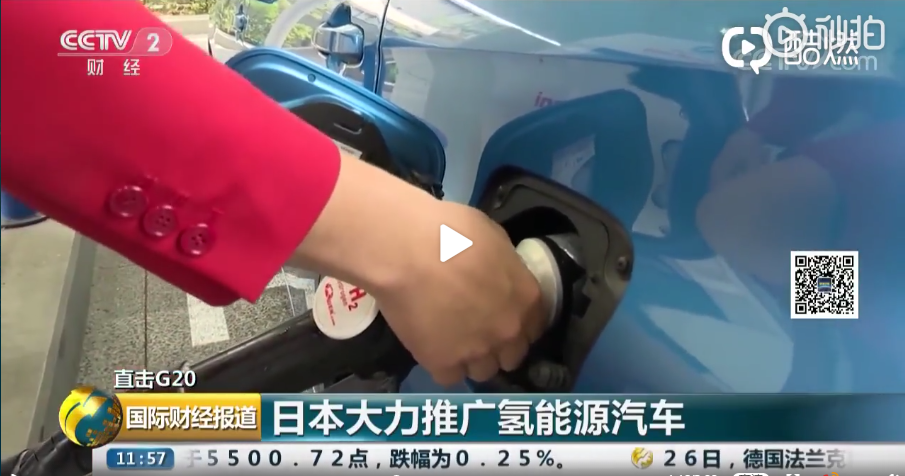
According to the official explanation, it does have something to do with the hydrogen vehicles that Toyota will mass-produce, but the process is different. Toyota's hydrogen fuel cell itself is based on hydrogen fuel, which means it needs hydrogen fuel support, and then works to produce harmless water that is drinkable when it reaches a certain standard. The water-hydrogen engine of the youth car is based on water and converts water into hydrogen to drive the car through a special device, but water is a very stable substance, and if it is through some catalysts, it can only speed up the reaction, but the specific substance is not given by the authorities, and then it gradually fades out and disappears in the eyes of consumers.
To tell you the truth, hydrogen is a very clean source of energy, because it burns only water and does not produce nitrogen oxides, sulfides or dust particles, or even greenhouse gas carbon dioxide. So hydrogen-fueled cars have always been the technology that people pursue.
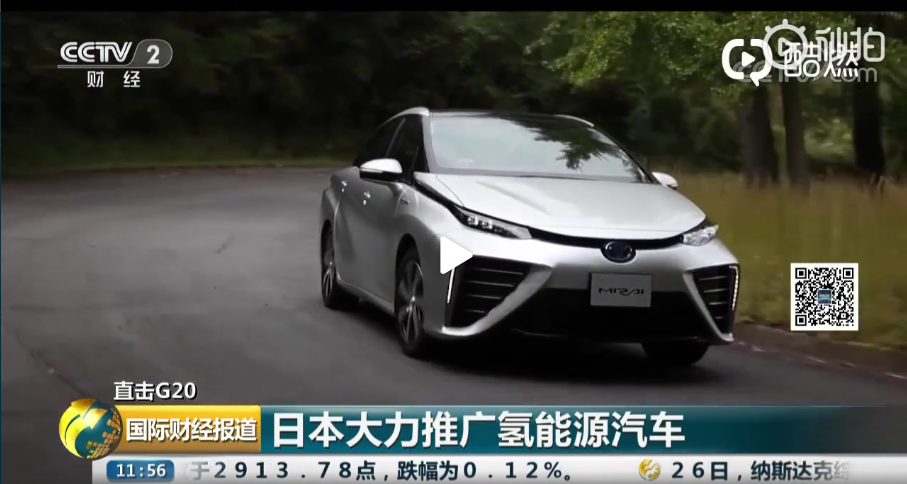
Hydrogen-fueled cars have been made before, and there are many car companies with this technology, but they have not been put on the market for a variety of reasons. The most representative of these is Toyota's MIRAI hydrogen fuel cell car, which has been on the market since 2014, with a maximum range of 500km, no fuel burning, no charging, only hydrogen fuel, which sounds very good.
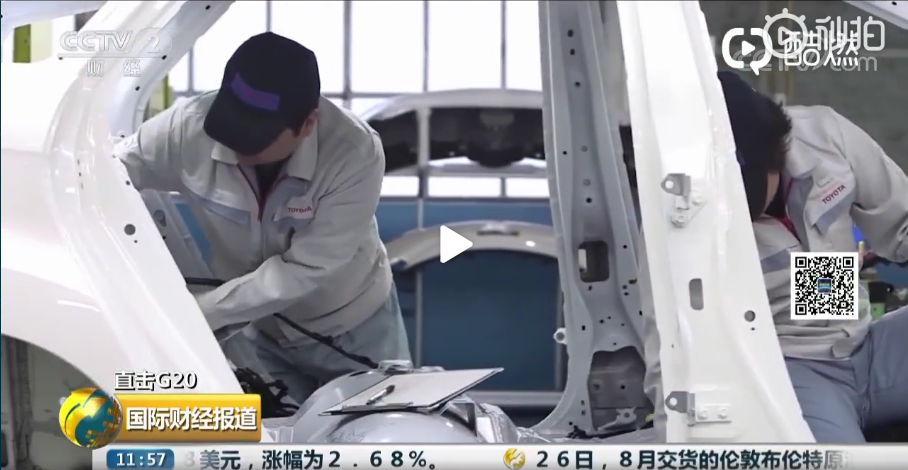
According to statistics, in Japan, there are more than 4000 hydrogen-powered vehicles on the road, while a hydrogenation station in Tokyo says less than 10 vehicles come to refuel every day.
According to the staff of the hydrogenation station, there are probably more than 100 hydrogenation stations like this in Japan, and the hydrogenation station is no different from the ordinary gas station, so sometimes it is necessary to use some special signs for car owners to identify. Workers through a pipeline, about three minutes can be filled with 5 kilograms of hydrogen fuel, the price of a box is about 400 yuan, can travel about 600 kilometers.

It has been learned that hydrogenation stations currently mainly rely on government subsidies. In order to increase the use of infrastructure, Toyota has not yet built a dedicated hydrogen energy logistics truck in a large convenient chain store. It is estimated that by 2030, Japan's domestic hydrogen energy industry market will reach 1 trillion yen, equivalent to about 64 billion yuan, and by 2050, the market size will reach 8 trillion yen, equivalent to 512 billion yuan, equivalent to 40% of Japan's total annual energy imports.
Because of the high density of hydrogen fuel, there are not many doubts about the duration of the flight. It is understood that the mileage of the second-generation Toyota Mirai in the early 2020s is expected to increase from 500km to 700-750km. After 2025, that number will grow to 1000km.
Welcome to subscribe to the WeChat public account "Automotive Industry Focus" to get the first-hand insider information on the automotive industry and talk about things in the automotive circle. Welcome to break the news! WeChat ID autoWechat
Views: 0
*The comments in the above article only represent the author's personal views and do not represent the views and positions of this website. If you have more insights, please feel free to contribute and share.





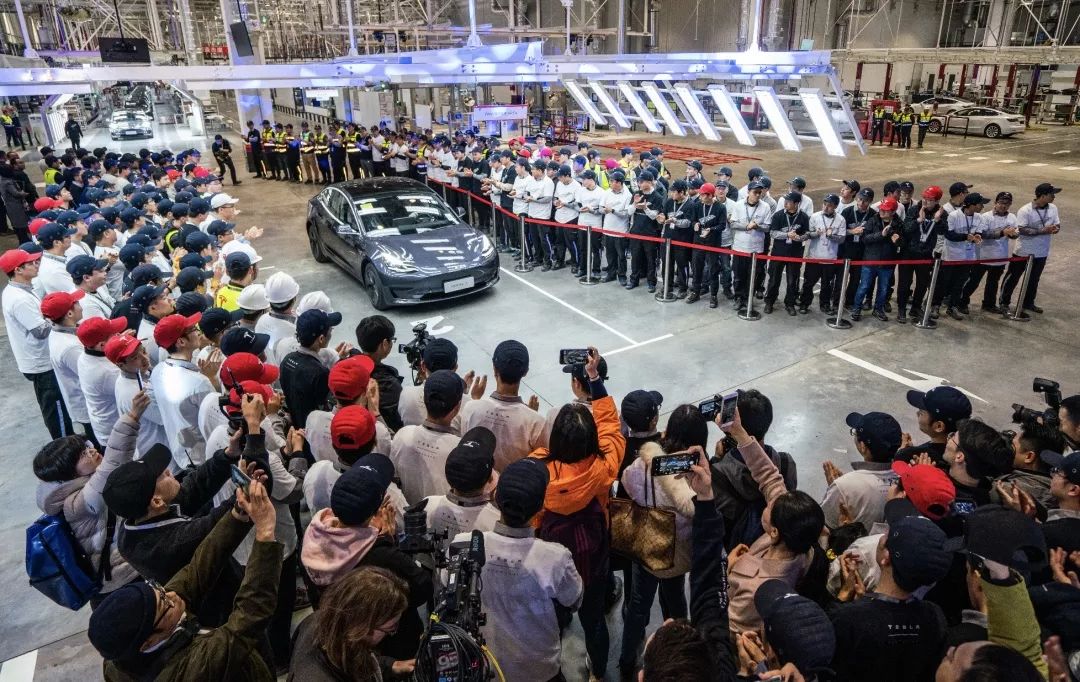

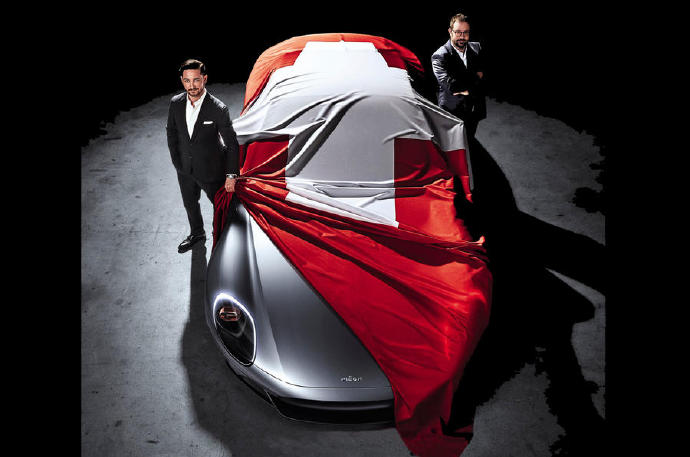


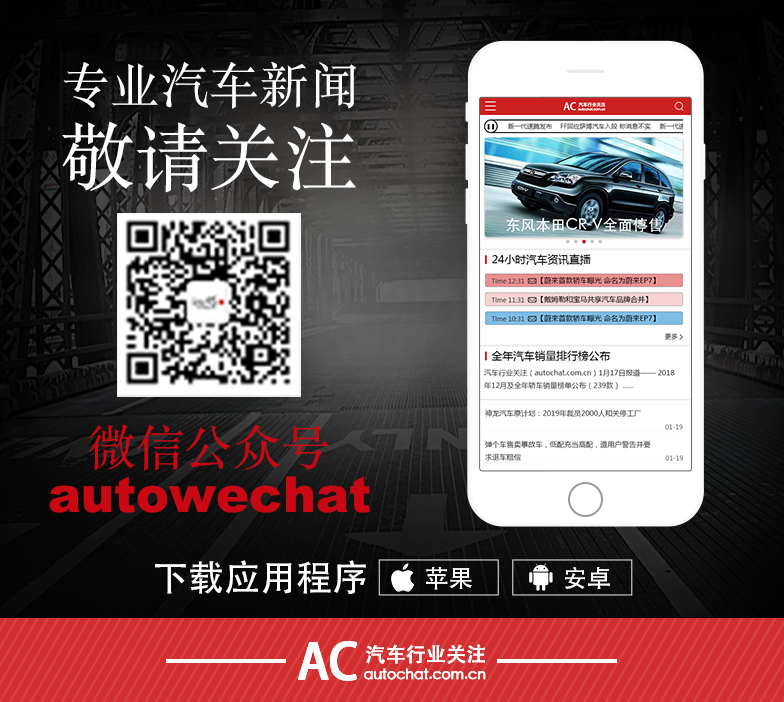
© 2024 AutoBeta.Net Tiger Media Company. All rights reserved.